Diving into the annals of everyday items often yields surprising journeys. Take the nail clipper: a common and convenient tool for trimming fingernails and toenails that most of us take for granted. Have you ever wondered about its origins and evolution? This staple of personal grooming has a rich history, dating back to ancient times, and has undergone several transformations to become the modern device we’re familiar with today.
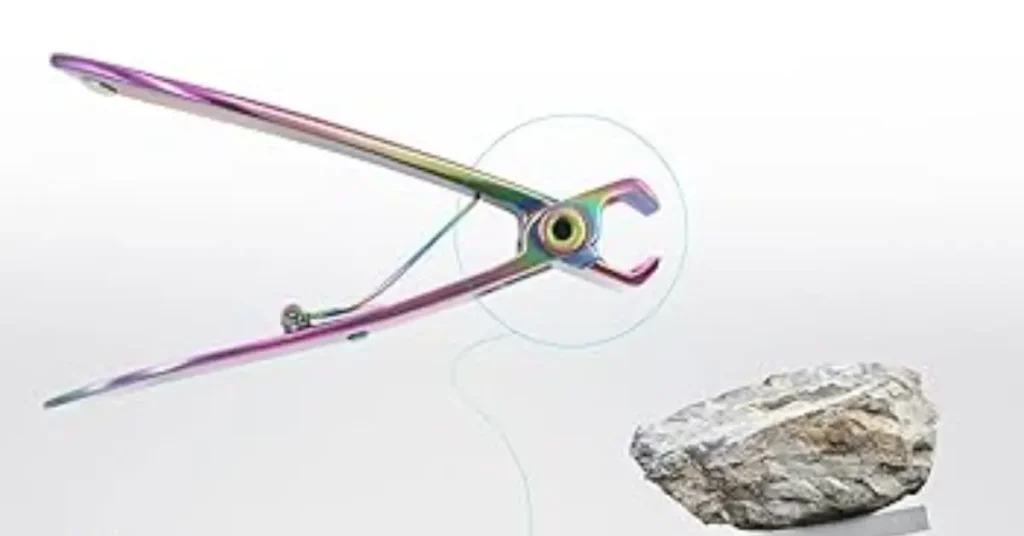
Table of Contents
Nail clipper
The nail clipper, a crucial hand tool utilized for trimming fingernails, toenails, and hangnails, has transmuted from the original nipper type to the modern-day nail trimmers and nail cutters that are staple in grooming kits.

The History and Evolution of Nail Clippers
Long before modern nail clippers, humans used small knives to trim their nails, as documented in ancient texts. The transformation began in 1875 when Valentine Fogerty claimed the first U.S. patent for a fingernail clipper. Subsequent patents and innovations by William C. Edge, John H. Hollman, Eugene Heim, Celestin Matz, and George H. Coates paved the way for the mass production of nail clippers. The H. C. Cook Machine Company’s “Gem” and William E. Bassett’s “Trim” brand introduced key features that have defined the nail clippers we use today.
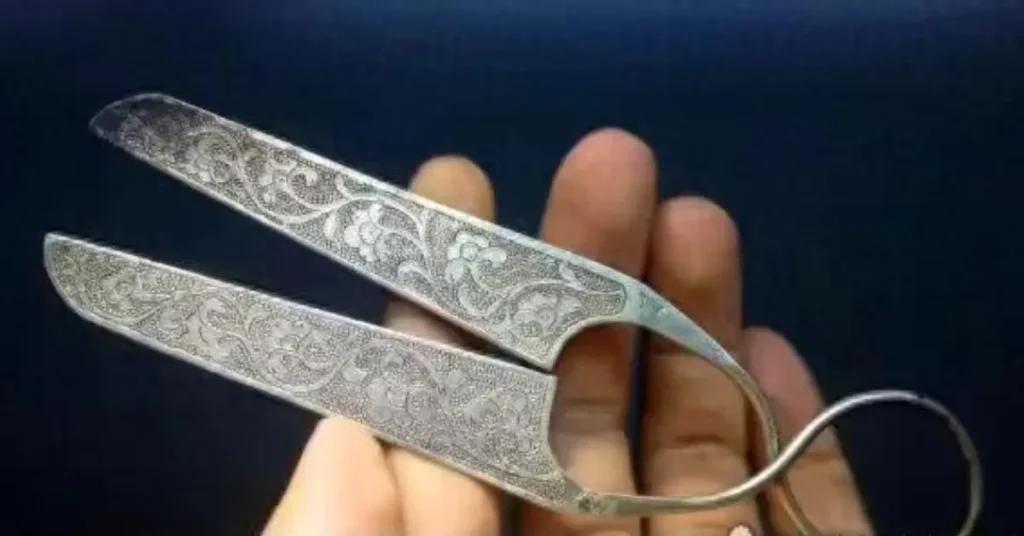
Before Clippers, How Did Humans Trim Their Nails?
Long before nail clippers became a staple in our grooming habits, early humans managed their nails using tools for trimming that have been around for tens of thousands of years. Just as modern tools keep our nails looking fresh, historical rudimentary trimmers are essential for maintaining appearance, healthy nails, and even shaping and combing hair. Today’s nail care, found in almost every bathroom, evolved from these ancient grooming habits, and the daily use of these tools keeps our nails trimmed back just as they did for our ancestors.
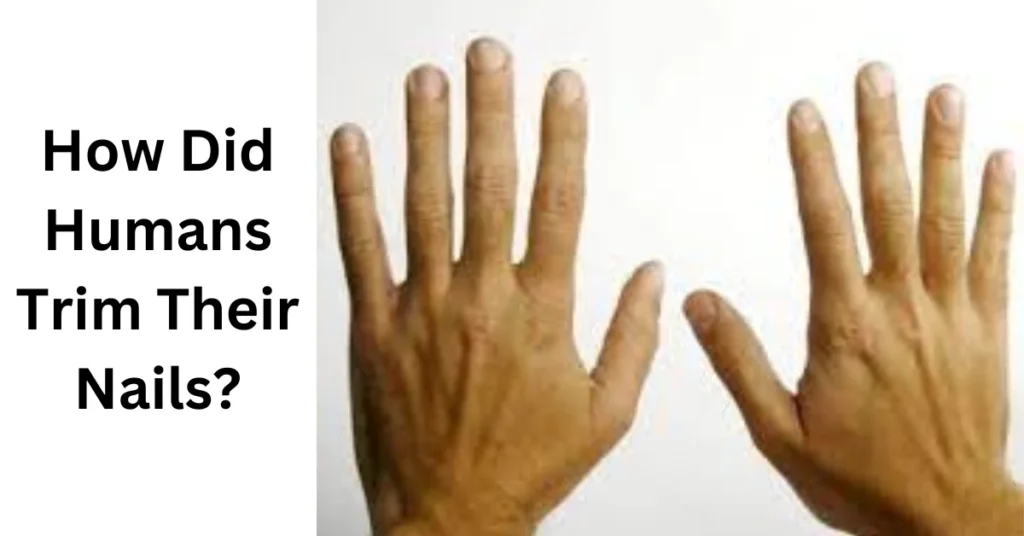
The Modern Invention of Nail Clippers
The modern nail clipper originated in England in 1770 and was improved in the United States in 1845 with a thumb-pressed lever design. In the 1850s, John H. Hollman introduced durable steel fingernail clippers, which became popular post-Civil War as hygiene and grooming grew in importance. The 1920s saw the innovation of spring-loaded nail clippers with an automatic opening mechanism and an attached file. This efficient design remains the most common type used today.
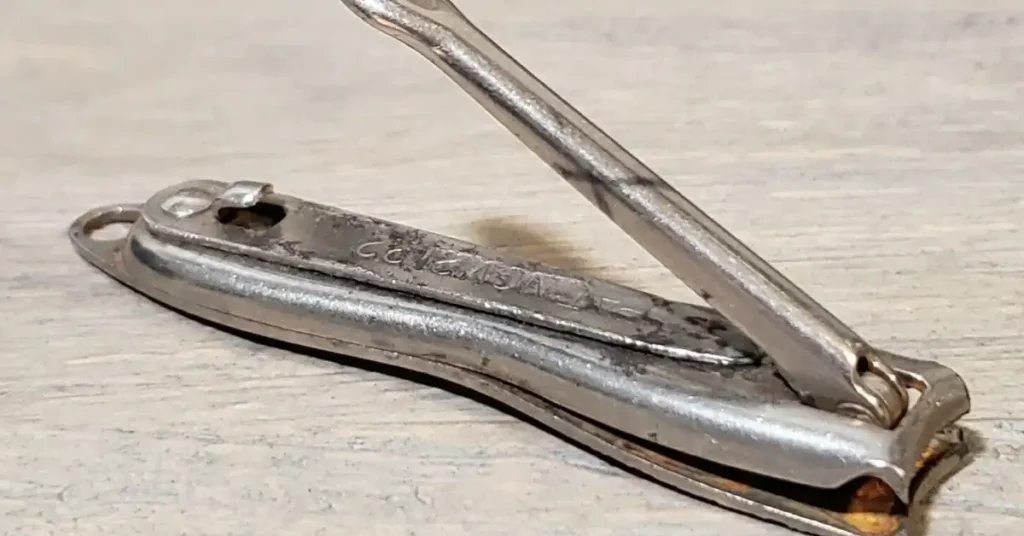
In my journey as a grooming expert, I’ve witnessed the evolution of these practical tools from cumbersome curiosities to sleek, spring-loaded utilities. Adding a file to the lever of the clippers was a breakthrough that spoke to the user’s need for convenience and efficiency. In my professional kit, the modern nail clipper has become an indispensable ally in ensuring precision and hygiene in personal grooming.
The Different Types and Designs of Nail Trimmers
- Nail clippers come in various shapes and sizes, each with its own intended use. The evolution catered to personal preference and practical functionality, offering a wide range of common types and designs.
- The Plier-type nail clippers are known for their metal blades, hinged mechanism, and handles. You squeeze the handles to bring the blades to close and cut the nails. This Plier-type is particularly effective for larger, stronger nails, or those that are thick and hard.
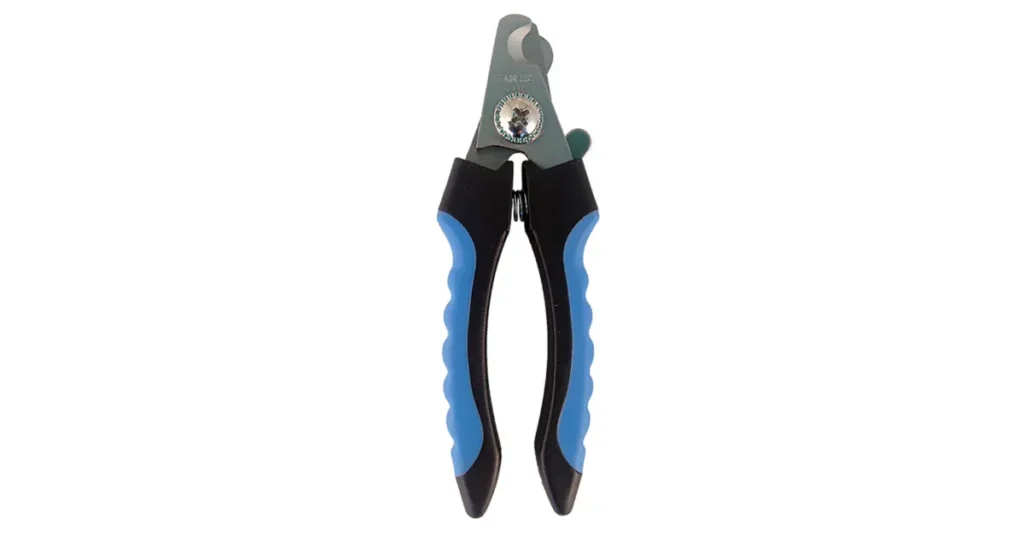
- For more precision, the Compound lever-type nail clippers come into play. These are connected through a compound lever system, where levers act around a fulcrum. When pressed, usually with a thumb, this action pushes, closes, and cuts. Suitable for smaller, more precise grooming tasks on thin, soft nails.
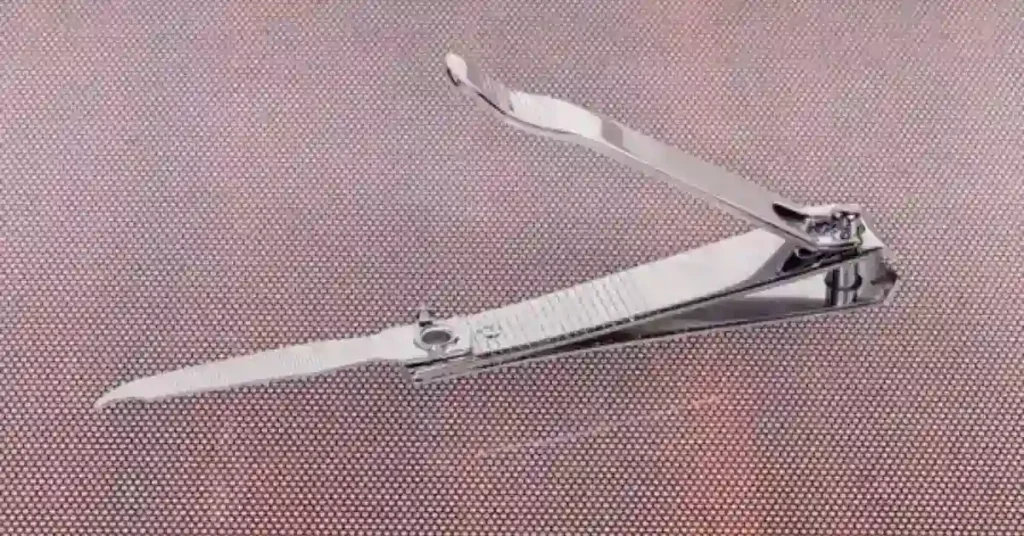
- Specific types, like Concave blade nail clippers and Convex blade nail clippers, denote the blades’ shape concave for curved inward and convex for curved outward. These designs are purposeful for the shape left behind on the cut nails: Concave blades are ideal for cutting straight across the nails for a flat, square finish, typically used on fingernails; while Convex blades, make a cut around the nail for a curved, oval finish, are best for toenails.
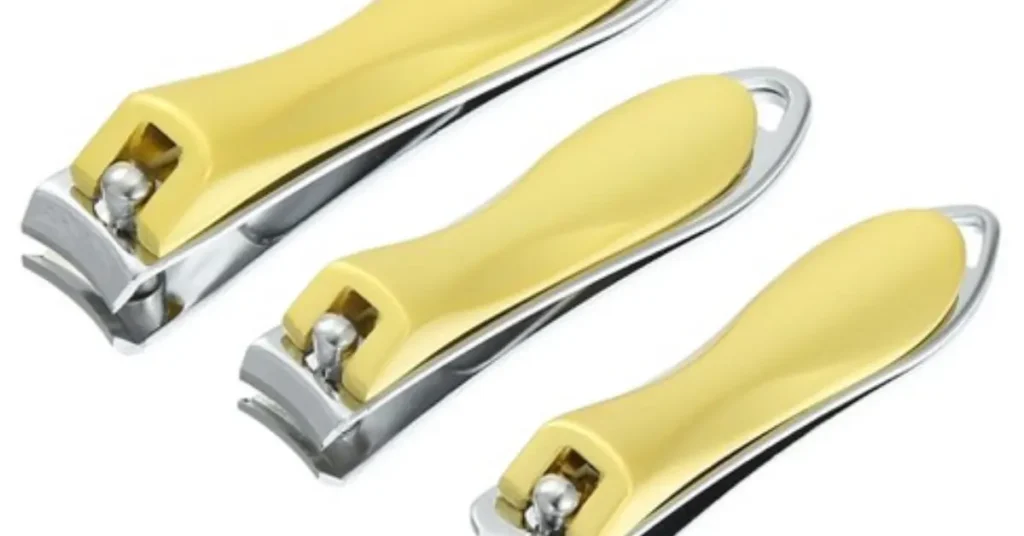
- Nail clipper sets cater to diverse needs, comprising different types and sizes of nail clippers for various purposes and occasions. They might include a large, plier-type clipper for toenails, a small, compound lever-type clipper for fingernails, and a mini clipper for hangnails and cuticles, alongside accessories such as nail files, scissors, tweezers, and cases.
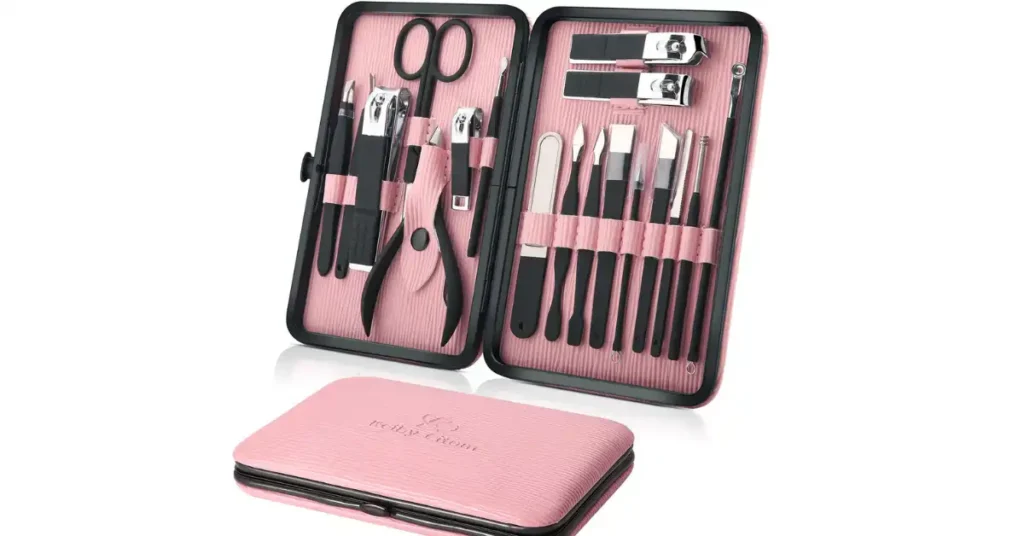
Sharing my expertise, selecting the right nail clipper greatly depends on the specific preference and intended use. The larger, plier type has always been indispensable for my robust toenails, providing a solid, clean cut, whereas the smaller, compound lever type offers the finesse needed for detailing fingernails, ensuring a precise trim every time. Through this, I appreciate the intricate design and functionality that go into each type of nail clipper, reflecting their remarkable evolution from simple tools to essential parts of our grooming kits.
Conclusion
Embark on a journey through time as we uncover the intriguing history of a seemingly mundane yet indispensable grooming tool: the nail clipper. This everyday item, essential for maintaining clean and trimmed nails, boasts a fascinating evolution from primitive origins to sleek, efficient designs adorning modern bathroom counters. Join us as we explore the origins and transformation of nail clippers, from ancestral practices to the advanced grooming implements we rely on today.
FAQ,s
When were modern nail clippers invented?
In 1875, Valentine Fogerty obtained a patent in the United States for his improvement to the finger-nail clipper, which was later followed by additional patents in 1876 by William C. Edge and in 1878 by John H. Hollman, each contributing further to the device’s evolution.
Did ancient people have nail clippers?
Archaeological evidence points to early tools like nail files and rudimentary cutting devices made from materials such as stone and bone, which served as the foundation for the evolution of modern nail grooming implements.
When did humans start clipping nails?
Going back further, historical references reveal that nails being cut dates back to the 8th century BC, a practice that was a point of concern for humans for at least 3,000 years.
